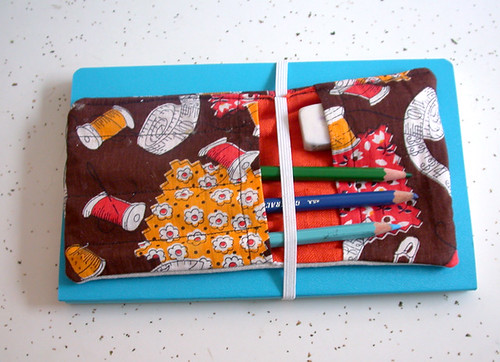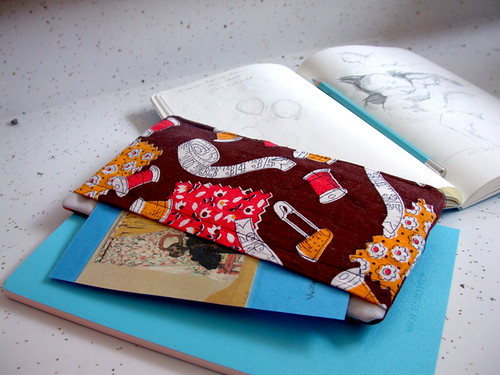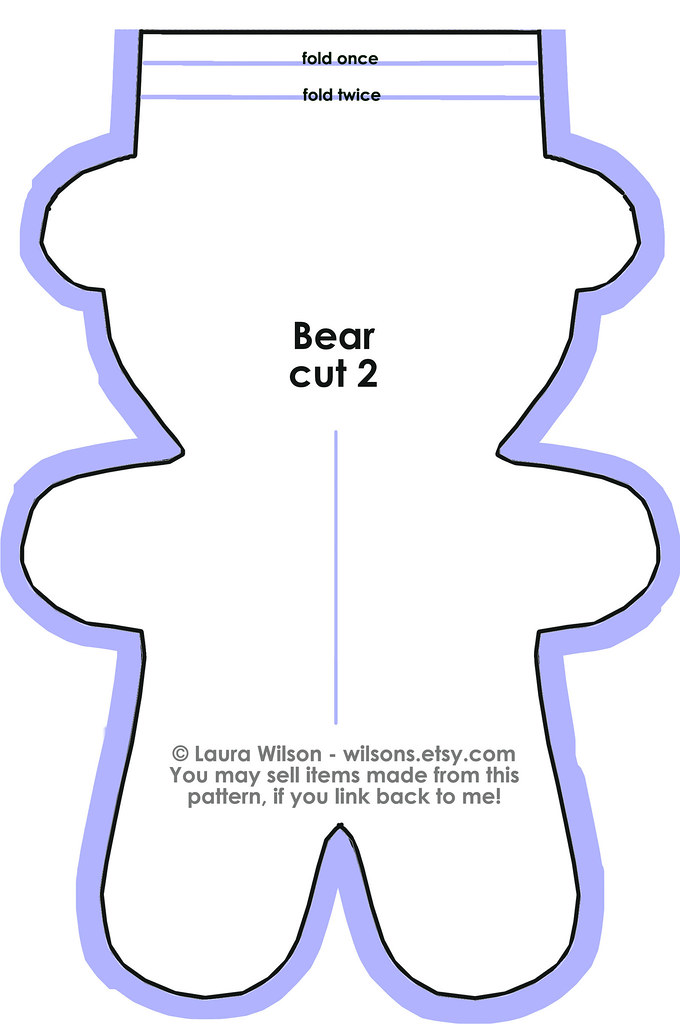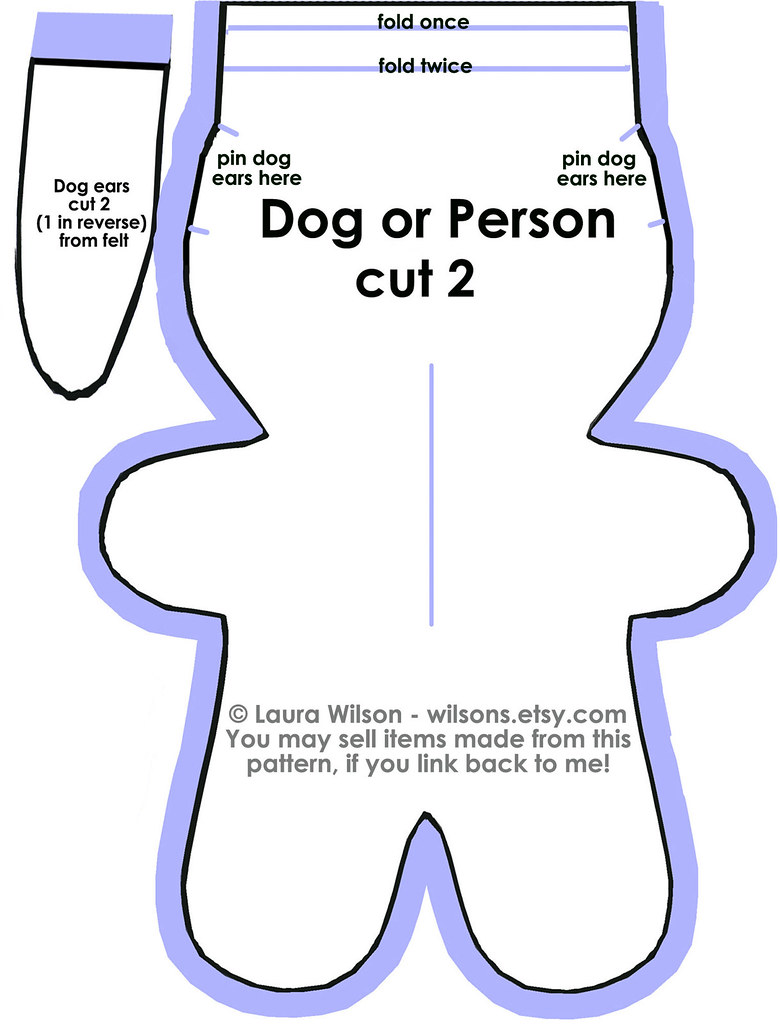

The market bag I made on my trip turned out so well, I decided to share the pattern (below). I started with the pattern from
purl bee, but I wanted something with a heftier handle, and a little more shape. As usual, I just sort of made it up as I went, but unusually - it turned out well!
When I first finished it, I was afraid I'd made it too small, and gathered too much so that the opening was too small. I had yet to realize how much this little bag would stretch. It turns out it's perfect.
Here it is , stuffed full of groceries on my kitchen counter.

I unsuccessfully tried to hold it up and take a picture. It was pretty heavy. It will hold a lot more than a plastic grocery bag. This picture shows the bag with all the stuff that was in it: 4 can goods, a bottle of olive oil, a bottle of sesame oil, a lemonade canister, a bag of beans, jar of peanut butter, coffee can, cornbread mix, and a small canister of sea salt.
Here's a close up of those handles I'm so proud of. I think the gather looks really cool. You can also see the little antique pin of a cuckoo clock I got on our vacation. Lovely.

If you like a little flexibility in your knitting, then this is a good pattern for you. I was so excited to see how it turned out, I could hardly put it down. this is the first knitting pattern I've ever written out to share, so let me know if anything doesn't make sense.
Market Bag Patternwhat I used:
5 oz (145 g) of 100% cotton yarn, 4 ply
size 10 knitting needles
size 10 (J) crochet hook
size 6 circular needles (I used these for the straight part and the circular part)
1.)The Bag
knit a lace rectangle that is 8" x 24". This is where the variation comes in - you could do this with a variety of lace patterns and needles. This is what I did:
using size 10 needles, cast on 35 sts (this lace pattern requires an odd number of stitches, if you use a different size needle, use however many stitches makes 8", but make sure it's an odd number). This will be the top front of the bag.
pattern from purl bee:
Row 1 and 3: purl
Row 2: k1, *yo, k2 tog, repeat from * to end of row
Row 4: *ssk, yo, repeat from * to end of row, k1
follow this pattern until your pieces measures about 24", bind off.
2.) The seams
fold your rectangle in half so that it measures 8" by 12".
beginning about 1.5" down the side, sew the side seam closed (leaving the top 1.5" open) with a crochet hook:
start with 1 loop on hook, go through top seam stitch on front of bag and the top seam stitch on back of bag, pull yarn though (now you have 2 loops on your hook), pull yarn through these two loops so you have 1 loop on your hook. Go down the side seam, repeating this until you have closed the side of the bag. leave a tail a couple of inches long, and weave in. Repeat for the other side seam.
3.) The gather
using size 6 needles, pick up 18 sts on the top front. (You are now "gathering" by only picking up every other stitch, so your number of stitches here will be half as many as you originally cast on. You will need an even number of stitches for the pattern.)
Work in seed stitch (*k1, p1, repeat from * to end of row) for 8 rows. bind off.
Repeat this on the top back of the bag.
4.) The handles
Using size 6 circular needles, starting at the far right side of the top front of the bag, pick up stitches in the open part of the seam (which now includes the 8 rows of seed stitch on both sides). You will pick up sts first going down the open part of the front side seam and then coming up the back side seam. I picked up about 1 st per row, but I picked up two stitches per row where the seams met. You should have something like 32 stitches on your needles.
Now cast on 36 stitches (or twice as many as you picked up in step 3, If you want longer handles, increase this number to 72).
Now pick up approximately 32 sts in the open part of the opposite seam in the same manner as the first.
Cast on 36 stitches (or twice as many as you picked up in step 3, If you want longer handles, increase this number to 72).
Join. (It's okay if your number of stitches varies, especially if you've used a different size needle. Just make sure you have an even number of stitches on your needle for the pattern) Work in seed stitch for 8 rows. bind off. Weave in any ends still sticking out - and you're done.
Made one? Add it to the wewilsons pattern pool.














































